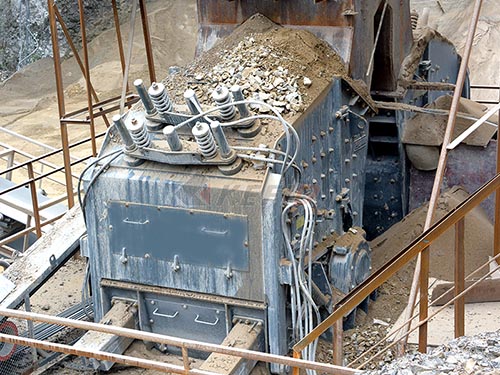A High Frequency Screen is a type of vibrating screen designed for efficient particle separation, primarily used in mineral processing, aggregate production, and recycling industries. It operates at a higher frequency (typically 3,600–7,200 RPM) compared to conventional screens, enabling better separation of fine materials.

Key Features:
1. High Vibration Frequency:
– Uses rapid vibrations to reduce material blinding (clogging) and improve screening efficiency for fine particles (down to 45 microns or less).
2. Smaller Mesh Sizes:
– Ideal for separating fine materials like sand, coal, iron ore, or crushed aggregates.
3. Low Amplitude:
– High-frequency oscillations with small stroke lengths prevent excessive wear and energy consumption.
4. Modular Design:
– Often includes replaceable screen panels (polyurethane or stainless steel) for easy maintenance.
5. Applications:
– Mineral processing (e.g., dewatering, classification).
– Aggregate screening (sand, gravel).
– Recycling (waste sorting, metal recovery).
– Chemical and food industries (powder separation).

Advantages:
– Higher throughput for fine materials.
– Reduced moisture content in dewatering applications.
– Less clogging due to intense vibration.
Disadvantages:
– Higher initial cost than traditional screens.
– More maintenance due to intense vibration wear on components.
Manufacturers:
Popular brands include Derrick Corporation, Metso Outotec, Schenck Process, and SWECO.
Would you like details on specific models or operational tips?
Leave a Reply